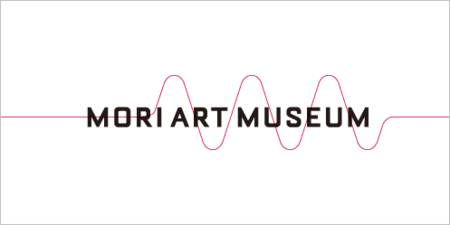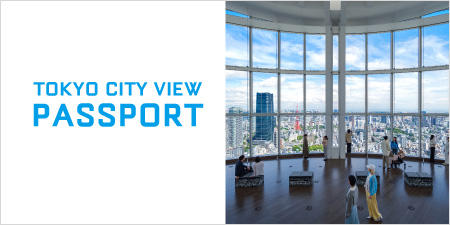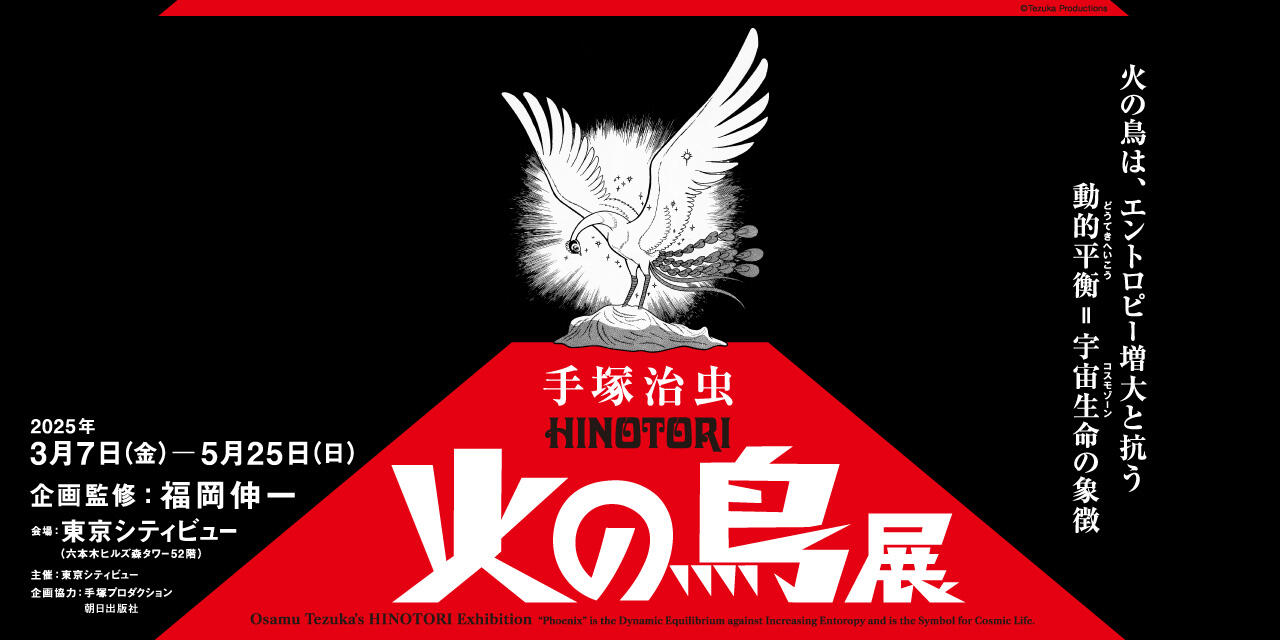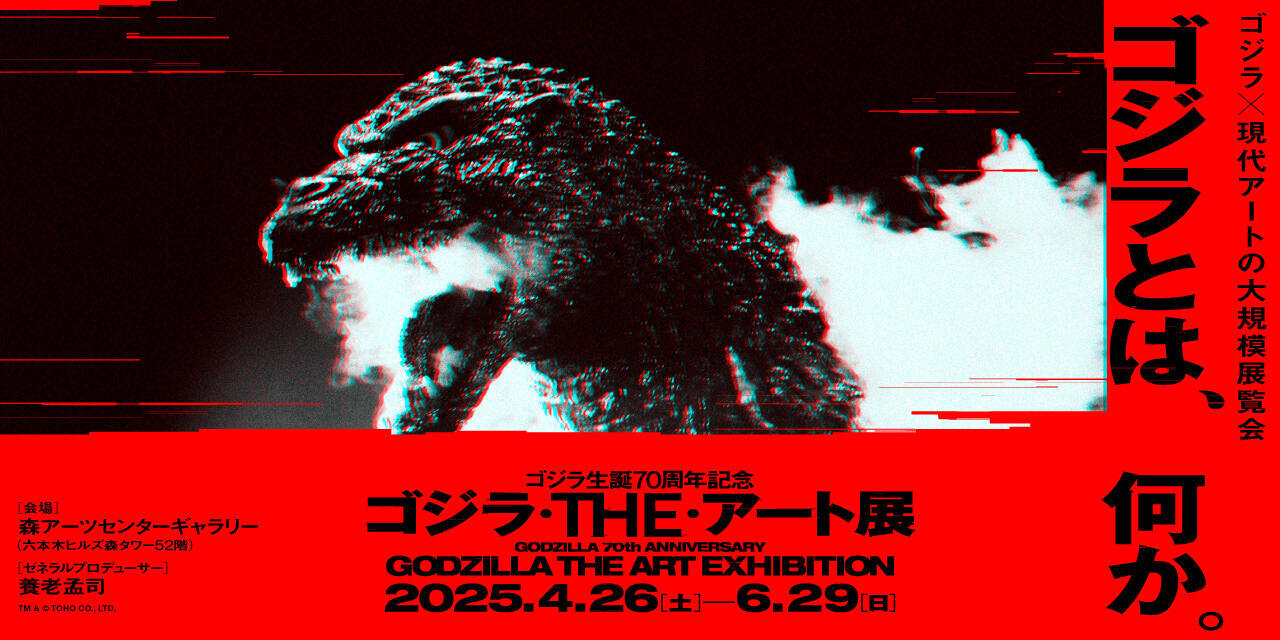MAMC Tour to “The 33rd National Cultural Festival Oita 2018” with Director Nanjo: A Photo Report
2018.11.8 [Thu]
This MAMC tour to “The 33rd National Cultural Festival Oita 2018” held on October 13-15 was greatly assisted by Yamaide Jun’ya, CEO of Beppu Project, the NPO organizing the festival, and his staff members. Upon landing at Oita Airport, the group transferred to a chartered bus and set out for Hita in the west of Oita Prefecture. The tour began with a solo exhibition of work by Ohmaki Shinji.

For “Cultural Festival Oita 2018,” the prefecture was divided into five areas, Hita being located in the “Mizu no Mori (Forest of Water)” area. Surrounded by mountains and with several rivers flowing into it, Hita is widely known in Japan as a city dominated by water, and indeed one is never far from water in this lovely place - the flooding caused by heavy rains across northern Kyushu in 2017 also still fresh in the minds of many.
Ohmaki Shinji’s solo outing “SUIKYO” featured two installations on the theme of water.

The first work, The Bonchi, consists of a renovated two-story former restaurant, in its entirety, visitors making their way through a dark, womb-like interior. Inside the building, objects handed down through Hita’s history are also displayed as part of the installation.
The AOSE Hita City Complex of Cultures, site of the second work, Liminal Air Space-Time SUIKYO is a facility used by local residents, including by children for learning and having fun with friends.

Next it was on to the COMICO ART MUSEUM YUFUIN.
The museum was designed by Kuma Kengo, who also happens to be an honorary member of MAMC, and contains works by Murakami Takashi and Sugimoto Hiroshi, both artists also with close ties to the Mori Art Museum.

With this the first day of the tour drew to a close, after covering many miles, and it was time for dinner with Director Nanjo.

On the second day, the group traveled in the morning to Oita City and the Oita Prefectural Art Museum.
OPAM was designed by Ban Shigeru, and was built using cedar from Oita, and Hita tenryoseki stone.
On what appeared to be the first fine weekend for some time, the museum was busy with family groups.

At OPAM we were shown around the “Splendor of Japanese Modern: Collection of The National Museum of Modern Art, Kyoto” exhibition by Deputy Director Kato Yasuhiko, taking in famous works from the MoMAK collection including some by Oita Nihonga painter Fukuda Heihachiro.

After a tasty lunch prepared from local ingredients at OPAM’s café Charité restaurant, we headed for Beppu Park to see the Anish Kapoor works there. Two pieces of public art, and eight works in an indoor display area erected for the Festival are by Kapoor and can be seen there.
One work in particular, Void Pavilion V, made with black light-absorbing paint, truly was a piece to excite the imagination. One suspects it looks and feels different to everyone who sees it.

Apparently staff members are not even allowed to touch this work, and because the mirror clouds over in rain, it has to be cleaned with a water blaster and special liquid.
Yamaide said he had seen Kapoor’s work in a magazine when 20 years-old, and made his way to London determined to meet the artist. This was in the pre-internet days, when it was much harder to obtain information, and in the end he was apparently unable to find Kapoor’s studio or meet him. When it came for Anish Kapoor’s works to be exhibited in Oita for this exhibition, that 30-year-old wish was granted, Yamaide meeting the artist at his London studio and telling him how he felt all those years ago.
Next it was on to Chochokaku, situated quite close to Beppu Park. Chochokaku was the residence of prominent Oita businessman Takahashi Kinya, and up to December 2015 was open to the public as the Chochokaku Takahashi Kinenkan, and Sato Kei Art Museum. Chochokaku Director Takahashi Hatoko is also a MAMC member, and kindly opened the museum exclusively for the group.


Lastly on the second day, we made our way directly to the Kunisaki Peninsula and took in Hundred Life Houses by Miyajima Tatsuo, who also has his work on show currently at the Mori Art Museum “Catastrophe and the Power of Art” exhibition.

After dropping those on the one-night tour at the airport, members taking the optional extra night headed for the “Kebesu Festival,” a fire festival held on October 14 every year at the Kushikusha (Iwakura Hachimansha) Shrine.

The third day, after the “Kebesu Festival,” was also a fine day, and the group looked around exhibits from the Kunisaki Art Festival held in 2014. The Kunisaki Peninsula, the so-called inaccessibility of, and among the six settlements that were formed by the eruption of Mt. Futagosan leading each to establish its own unique culture.

The Kibe region, site of Kawamata Tadashi’s La Chaire, was home to a sizable Christian population, thanks to the influence of Sengoku-era Christian Daimyo Otomo Sorin. There is still a small church nearby, although its congregation has apparently dwindled to just one family.
Next it was on to Mt. Sendodake, and a work by Antony Gormley.



The head priest intimated that, weighing in at 629 kilograms, Gormley’s statue was only installed on its rocky site thanks to the aid of a local shiitake mushroom grower’s special wiring skills.

Final destination for the group was the Namiishi Dam, and two works in glass by Teshigawara Saburo: Moon Tree and Drops of Light. At the Kunisaki Art Festival, an outdoor performance was held here under a full moon.


In contrast to the wet weather in Tokyo, this MAMC tour to Oita was blessed with clear skies for all three days. Those taking part gained such an insight into the culture and customs cultivated in different parts of Oita, and access to numerous works by artists utilizing these local qualities, making this a wonderful opportunity to not only view some art, but experience the culture in this part of the country first-hand.
The final MAMC event for 2018 will be the MAMC Night at “Catastrophe and the Power of Art.” We look forward to seeing you there!
Tag









